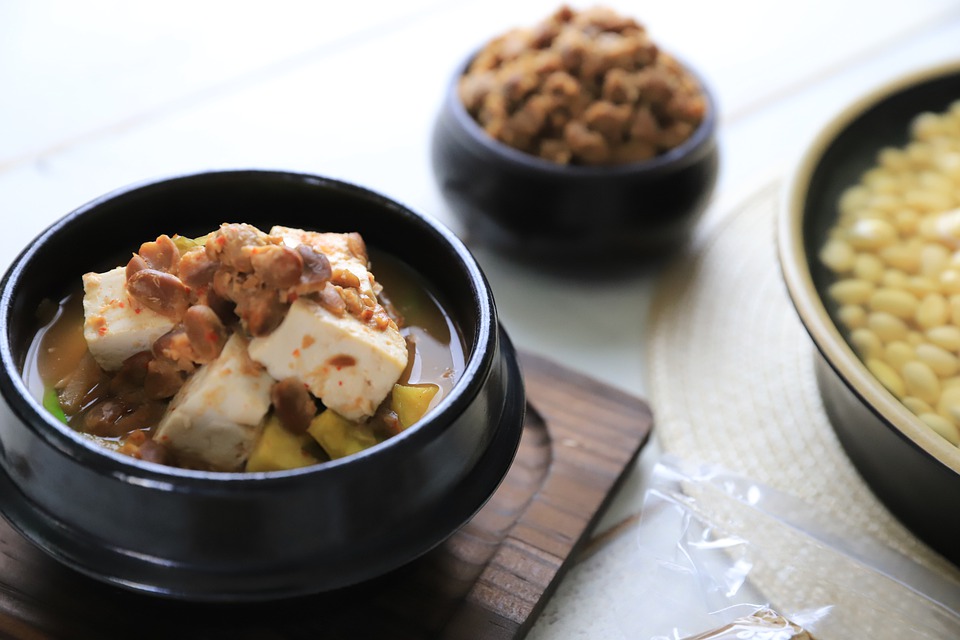[ad_1]
Miso is a traditional Japanese seasoning produced by fermenting soybeans with salt and koji (a type of mold) and sometimes rice, barley, or other ingredients. It is a versatile ingredient that can be used in a variety of dishes, including soups, marinades, dressings, and sauces. There are several different types of miso, each with its own unique flavor profile and culinary uses.
White Miso
White miso, also known as shiro miso, is the mildest and sweetest type of miso. It is made from soybeans and a high percentage of rice, giving it a light color and a smooth, creamy texture. White miso has a mild, slightly sweet flavor with subtle umami notes. It is often used in light soups, salad dressings, and marinades.
Yellow Miso
Yellow miso, also known as shinshu miso, is fermented for a longer period than white miso, resulting in a deeper flavor with a slight tanginess. It is made from a higher proportion of soybeans and has a darker color than white miso. Yellow miso is great for adding depth of flavor to soups, stews, and braised dishes.
Red Miso
Red miso, also known as aka miso, is the most intense and deeply flavored type of miso. It is made from a higher proportion of soybeans and fermented for a longer period, giving it a rich, robust flavor with a pronounced umami taste. Red miso is commonly used in hearty soups, glazes for meat and fish, and as a seasoning for bold-flavored dishes.
Awase Miso
Awase miso is a blend of different types of miso, combining the unique flavors and characteristics of white, yellow, and red miso. This versatile blend offers a balanced and complex flavor profile, making it suitable for a wide range of dishes. Awase miso is a popular choice for making miso soup, as it provides a well-rounded umami taste.
Miso Uses and Pairings
Miso can be used to enhance the flavors of a variety of dishes, including soups, marinades, dressings, and glazes. It pairs well with ingredients such as tofu, seaweed, mushrooms, vegetables, fish, and even in desserts. The type of miso used will depend on the desired flavor profile and the specific dish being prepared.
Conclusion
Exploring the different types of miso and their unique flavors opens up a world of culinary possibilities. Whether you prefer the mild sweetness of white miso, the depth of flavor in yellow miso, or the intense umami of red miso, each type of miso brings its own distinctive characteristics to the table. By experimenting with different types of miso, you can discover the perfect balance of flavors to elevate your cooking to new heights.
FAQs
1. Is miso gluten-free?
Traditionally, miso is gluten-free, as it is made from fermented soybeans, salt, and koji. However, some commercial miso products may contain added grains that contain gluten. It is important to read the label carefully if you have a gluten intolerance or allergy.
2. How should miso be stored?
Miso should be stored in the refrigerator in an airtight container to prevent it from drying out and absorbing other odors. It has a long shelf life and can be kept for several months or even years if stored properly.
3. Can I substitute one type of miso for another in a recipe?
While it is generally best to use the type of miso specified in a recipe, you can often substitute one type for another if needed. Keep in mind that the flavor and intensity may vary, so it is best to adjust the amount to taste.
4. Are there any health benefits to consuming miso?
Miso is rich in essential nutrients, including protein, vitamins, and minerals. It also contains beneficial probiotics that can support digestive health. However, miso is high in sodium, so it should be consumed in moderation as part of a balanced diet.
[ad_2]





Comments